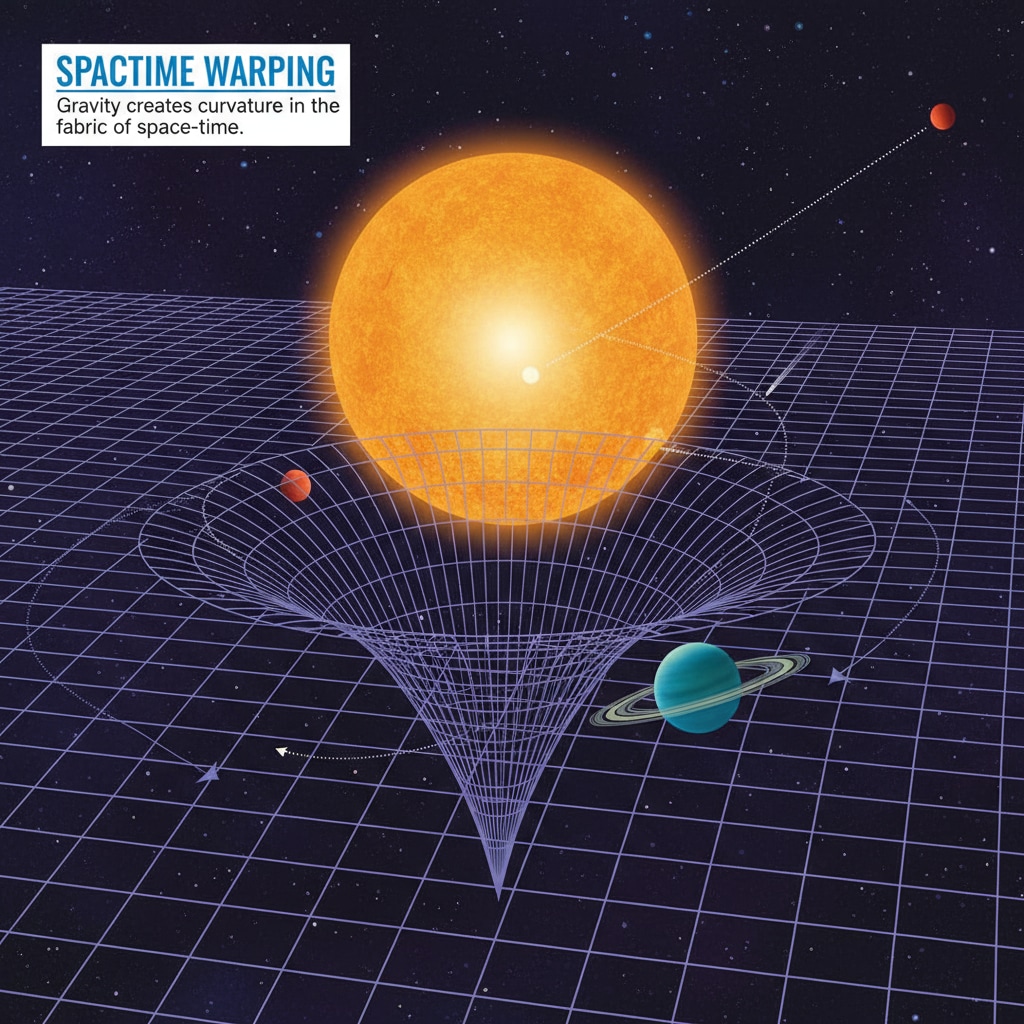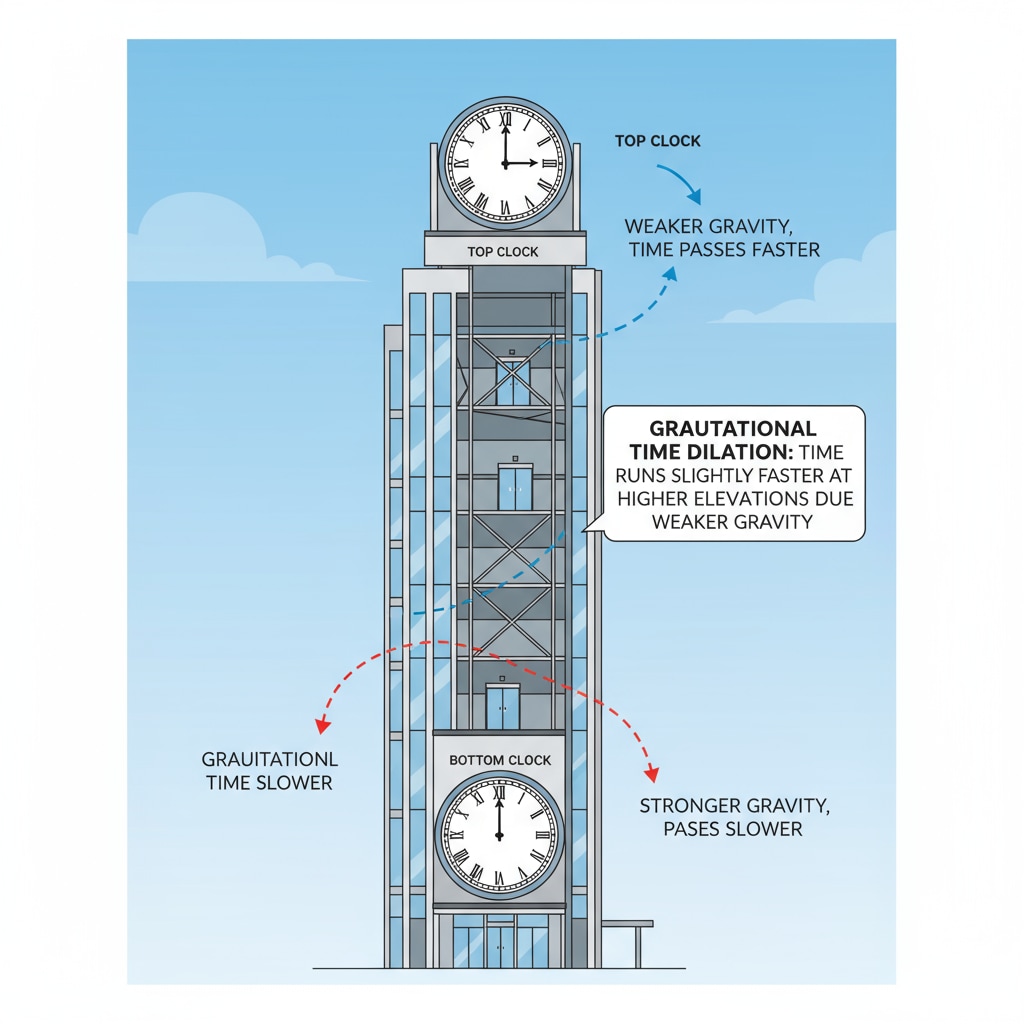Time, gravity, and building height are concepts that might seem unrelated at first glance, but in the fascinating world of physics, they are intricately linked. Understanding how gravity affects time can be a mind – boggling task, especially for K12 students. However, with the right approach, it can be made accessible and exciting. Let’s embark on this scientific journey together.
The Basics of Gravity and Time
Gravity is the force that pulls objects towards each other. You experience it every day when you drop something, and it falls to the ground. Time, on the other hand, is our way of measuring the passage of events. According to Einstein’s theory of relativity (Theory of Relativity on Wikipedia), gravity doesn’t just affect the movement of objects but also the flow of time. This is a revolutionary idea that changed our understanding of the universe.

How Gravity Slows Down Time
The stronger the gravitational field, the slower time passes. This means that time moves more slowly closer to a massive object like the Earth. For example, a clock at the base of a tall building experiences a slightly stronger gravitational pull than a clock at the top. As a result, the clock at the base will run a tiny bit slower than the one at the top. This difference is extremely small in our daily lives but has been proven through precise experiments (General Relativity on Britannica).

To make this easier for K12 students to understand, we can use a simple metaphor. Imagine time as a river flowing smoothly. Gravity is like a whirlpool in that river. The closer you get to the whirlpool (stronger gravity), the more the flow of the river (time) is disrupted, and it slows down.
In conclusion, understanding the relationship between time, gravity, and building height can open up a whole new world of scientific exploration for K12 students. It shows them that the seemingly ordinary things around us, like the height of a building, can be connected to profound concepts in physics. By making these complex ideas relatable, we can inspire the next generation of scientists.
Readability guidance: We’ve used short paragraphs and simple explanations. The metaphors help break down complex ideas. Each H2 has a clear explanation, and we’ve included external links for further learning. Transition words like ‘however’ and ‘for example’ make the text flow smoothly.


